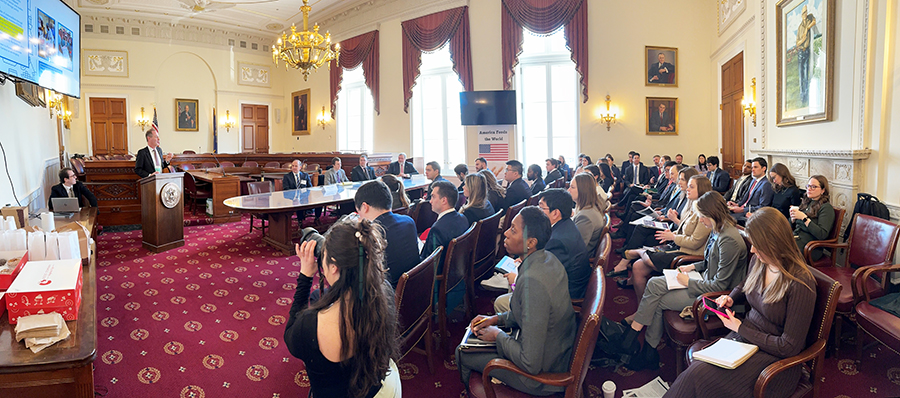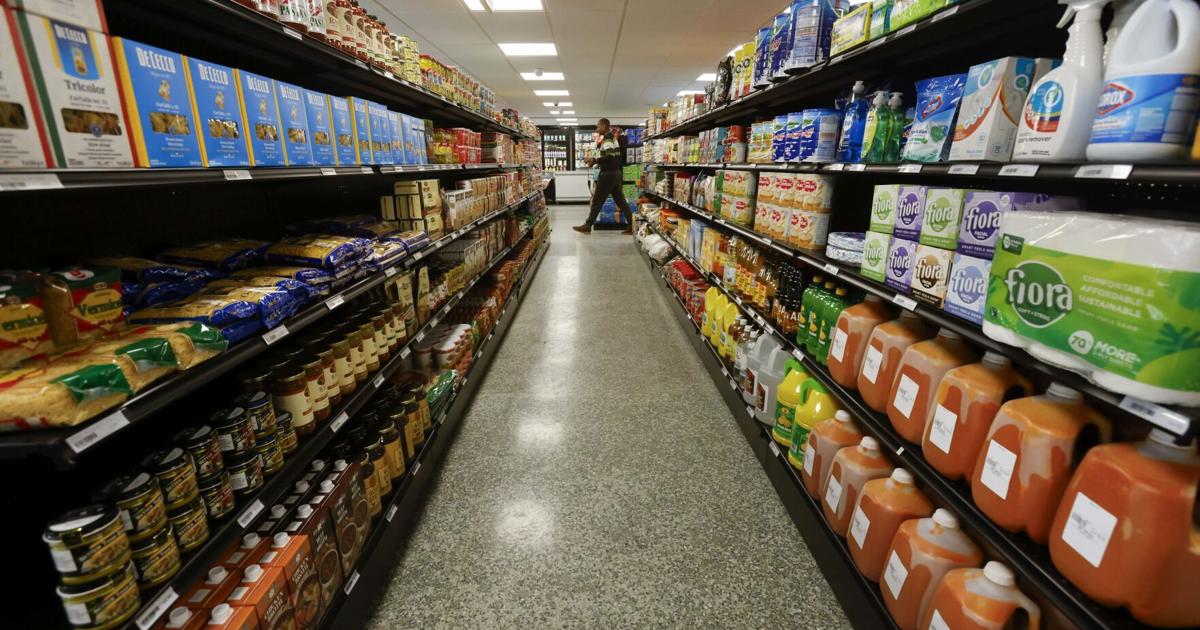When the United Nation’s World Food Programme sets records, it does not bode well for the world. Since 2020, when the programme assisted 116 million people, each year has been record-breaking. This year it will assist over 150 million people.
Acute hunger is driven by three things: conflicts, climatic shocks and the dramatic economic and social fallout from the Covid pandemic. These are exacerbated by structural weaknesses, such as inequalities and a glaring lack of social safety nets, which make the situation dramatically worse.
Food commodity prices at the start of 2022 were at a 10-year high, and fuel prices at a seven-year high. Rising prices deepen the challenges for those barely able to pay for food in normal times, a problem that has been much amplified by the war in Ukraine, which acts as the world’s ‘breadbasket’.
The food crisis is unique because it is unfolding amid a more difficult global context than with the food and fuel crises of 2008.
Then the world was more peaceful. Last year, seven out of 10 people who were in hunger crisis were so because of conflict, which disrupts all aspects of a food system, from the harvesting, processing and transport of food to its sale, availability and consumption. This in turn can often constrain the humanitarian assistance on offer.
State-based armed conflicts have roughly doubled between 2010 and 2020, as has the number of people forced to flee their homes due to war, violence, fear of persecution or human rights violations. This number has risen from 43 million in 2012 to more than 100 million in 2022.
The invasion of Ukraine further disrupted food supplies, pushing prices to record highs. The combined result is that today 345 million people are in hunger crisis, including some 50 million people in 45 countries who are in hunger emergencies, which is a step away from famine. The world was already dealing with a severe hunger crisis when Ukraine erupted.
The economic fallout from the Covid pandemic dealt an unprecedented shock to the world economy as incomes collapsed due to job losses, and inflation was ramped up caused by supply chain disruption. In less than 18 months, governments around the world had spent upwards of $26 trillion or 30 per cent of global GDP dealing with the disease and its economic fallout.
The debt levels of low- to middle-income countries had ballooned, and their currencies had begun to depreciate. About 60 per cent of low-income countries today are in, or at high risk of, debt distress.
A strong dollar has driven up food prices
The fact that the dollar is at a two-decade high, now at parity with the euro, has driven up food import bills and made debt servicing more expensive for many of the poorest countries. And as central banks around the world tighten monetary policy to bring inflation under control, interest rate hikes in advanced economies are increasing the cost of credit for low-income countries. More than 40 currencies have lost upwards of 15 per cent of their value over the past year.
On the climate side, both the intensity and frequency of climatic shocks has more than doubled compared with the first decade of this century. Back then, the world saw fewer back-to-back droughts or landscape-changing floods than we are seeing today in such places as Pakistan.
In the past decade, 1.7 billion people were affected by climate-related disasters,
according to a Red Cross report. Almost 90 per cent of all refugees – among the people most vulnerable to food insecurity – flee from those countries that are most vulnerable to climate change.
Regions such as the Horn of Africa, particularly the Somali region spreading across Somalia, Northern Kenya and southern Ethiopia, have experienced a striking accumulation of severe droughts with devastating consequences for the population.
The current food crisis is about affordability, meaning that food is available but at a cost that is beyond the reach for millions of people. Domestic food inflation in more than 60 countries is 15 per cent or higher year on year.
The challenge is to ensure that today’s affordability crisis does not turn into tomorrow’s availability crisis. This means avoiding a shortage of agricultural inputs, particularly fertilizer, for farmers across the world. If fertilizer were not available, the world would experience actual food shortages with devastating consequences for the poor. That scenario must be avoided at all costs by ensuring the timely availability of fertilizer that is affordable.
As with previous food crises, the war in Ukraine has exposed the fact that highly concentrated export markets are vulnerable to shocks. For example, fewer than a dozen countries account for about 80 per cent of wheat, maize, coarse grain, rice and soybean exports.
Only three countries – China, India and the United States – hold 70 to 80 per cent of the world’s wheat, maize, coarse grains and rice reserves. Even in the case of fertilizer, only about 10 countries make up 65 per cent of global fertilizer exports, including Russia and China whose combined share is between 25 and 30 per cent.
Essentially, poor, debt-laden countries that rely on food, fuel and fertilizer imports are in an economic jeopardy not witnessed in several decades, if ever before. Taking this lesson seriously and showing true commitment to fix the food system, diversify food and fuel import sources, build strategic reserves and reduce dependency on single sources for food and energy is key to mitigating the risk of future price shocks.
Agriculture policy is a matter of national security
Rethinking agriculture policies as a matter of economic and national security must be a priority. When it comes to war and climate refugees, it is critical that we understand the political economy of humanitarian inaction.
The bill for humanitarian assistance has ballooned over the past few years as needs continue to grow. As snowballing needs coincide with declining funds, we need to determine if inaction in tackling war and climate change is still an option. In particular, we must rethink how and where we assist people.
Not providing humanitarian assistance has moral costs, as well as economic and political ones. Ironically, as soon as migrants arrive in donor countries, the new host governments start paying for their earlier inaction.
Humanitarian assistance represents good value
Support to asylum seekers in donor countries averages $11,000 per person during the first year after arrival. Humanitarian assistance, on the contrary, costs the same donors around $155 per person per year – less by a factor of 70.
Taking the exodus of refugees from Syria as a case study, Germany’s total refugee-related costs from 2016 to 2020 amount to $125 billion at the federal level. While this includes funds designated to fighting the root causes of forced displacement, more than $80 billion went into domestic social transfers, transfers to states and municipalities, integration as well as arrival, registration and asylum procedures.
The cost of continued inaction in addressing the root causes like climate and conflict will only be measured in new misery and loss of lives. On its current path, the world will be producing more displaced people for decades to come.
Solutions cannot be implemented overnight so it is critical to make a sustained commitment so appropriate outcomes are achieved. We cannot afford to be so complacent that as soon as the current crisis is over the political will to address its root causes also disappears until the next crisis emerges.








